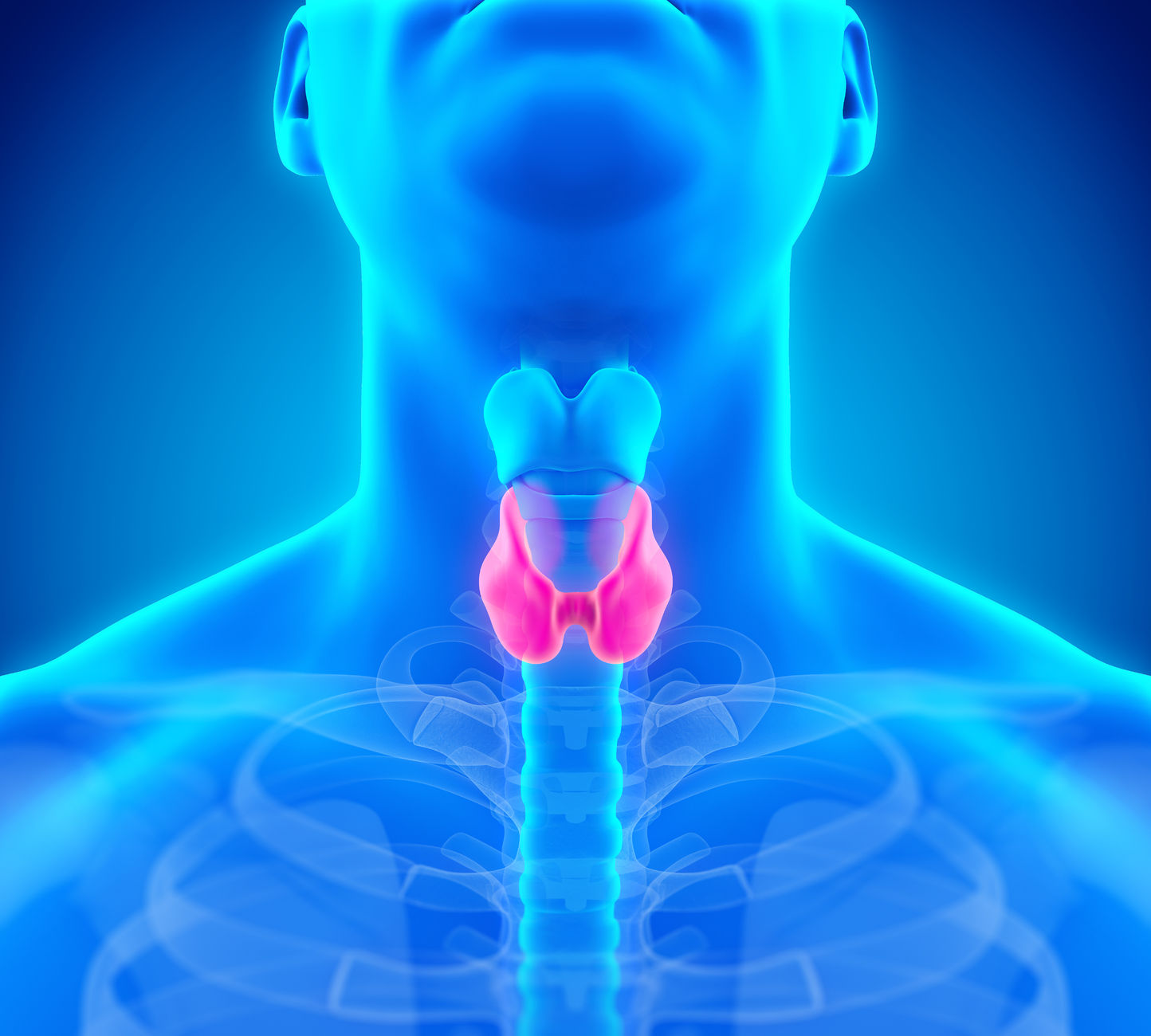What are Thyroid disorders?
Dr. Harshad Mahatme General Surgeon in Nashik has an experience of 13 years in these fields. He is proficient in identifying, diagnosing and treating the various health issues and problems related to the medical field.This doctor has the requisite knowledge and the expertise not just to address a diverse set of health ailments and conditions but also to prevent them. Because, As a trained medical professional, this doctor is also familiar with the latest advancements in the related field of medicine.
Thyroid disorders are conditions that affect the thyroid gland, a butterfly-shaped gland in the front of the neck. The thyroid has important roles to regulate numerous metabolic processes throughout the body. Different types of thyroid disorders affect either its structure or function.
The thyroid gland is located below the Adam’s apple wrapped around the trachea (windpipe). A thin area of tissue in the gland’s middle, known as the isthmus, joins the two thyroid lobes on each side. The thyroid uses iodine to produce vital hormones. Thyroxine, also known as T4, is the primary hormone produced by the gland. After delivery via the bloodstream to the body’s tissues, a small portion of the T4 released from the gland is converted to triiodothyronine (T3), which is the most active hormone.d gland, a butterfly-shaped gland in the front of the neck. The thyroid has important roles to regulate numerous metabolic processes throughout the body. Different types of thyroid disorders affect either its structure or function.

The thyroid gland is located below the Adam’s apple wrapped around the trachea (windpipe). A thin area of tissue in the gland’s middle, known as the isthmus, joins the two thyroid lobes on each side. The thyroid uses iodine to produce vital hormones. Thyroxine, also known as T4, is the primary hormone produced by the gland. After delivery via the bloodstream to the body’s tissues, a small portion of the T4 released from the gland is converted to triiodothyronine (T3), which is the most active hormone.
